
Redesign Your School Athletic Pavilion | 2014 Newhouse Architecture Competition #20148029
My pavilion will be a great place for kids and adults who want to work out or play a sport. The pavilion will be a great addition to the community because there are sadly a lot of people who are over weigh and don’t get enough exercise. I will also be a great addition because the community also sadly to say looks like a dump a, that no one would like to visit, but the pavilion will make it look a lot better. Hopefully with people getting more exercise the will lose weight and be healthy and then they will notice how bad the neighborhood looks and they will try to do something to fix it.
eaguilar's work for the Collect Information step:
Summary
i will take pictures of the space i will be using for my pavilion. i wil also upload images of other pavilions that give me ideas for my pavililon.
i will try to put this idea into my design.i will put a pool if not a small turf field for soocer
this is where i will put the pavilion and i will remodel the curie football field to make a better...
eaguilar's work for the Brainstorm Ideas step:
Summary
i will show you my ideas for what my pavilion will look like, i will show like my floor plans and other
this is an idea how i will want to have the gym. the shaded part is the turf field that will be...
eaguilar's work for the Develop Solutions step:
Summary
i will upload pictures of my pavilion and how much i have done.
this is the basketball court underneath the basketball court is a turf field for indoor soccer
this is the boys locker room. the benches are so that people can sit down while they are changing....
this is the weight room. the floor is made of soft material so that people on the first floor cant...
this is the entrance to the pavilion. to the left is the check in desk and also the small room is...
eaguilar's work for the Final Design step:
Summary
i will show the final design of the pavilion. how everything looks like from the inside.
this is the basketball court and on the top it has like a stand for people to stand on while they...
this is the entrance to the pavilion where you can find the storage room and also the check in desk
this is at the top of the stairs. to the left are the vending machines and the floor to the right...
this is the bathroom that is in boys locker room. the one in the girls locker room is the same but...

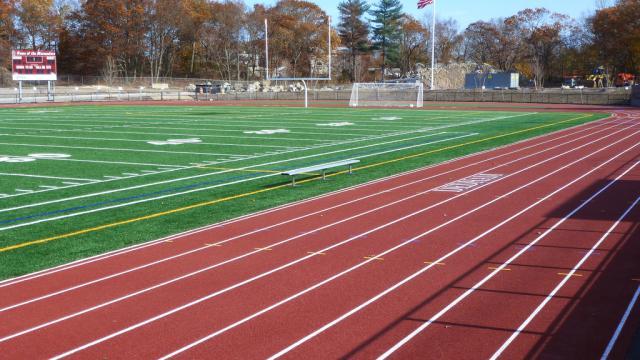






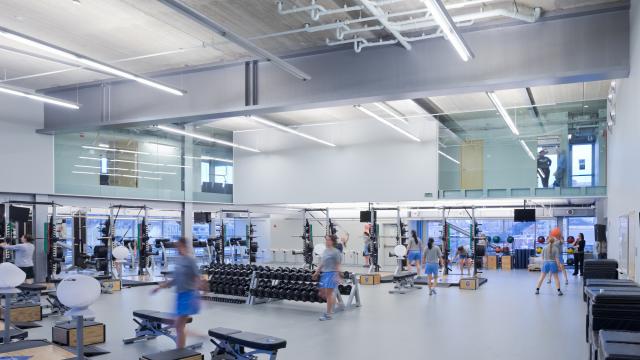
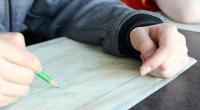



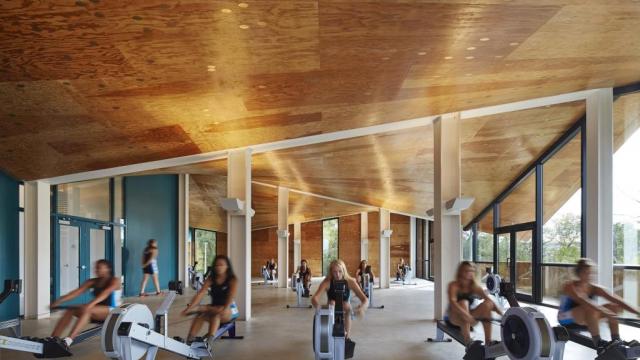







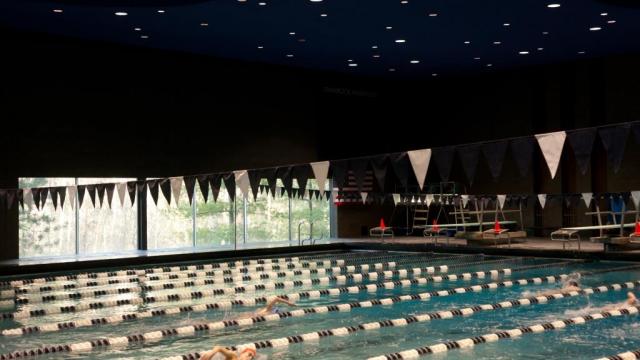








Comments
-Great use of color in the interior
-The public (non-athletic) spaces should be better highlighted
The relationship of site to the current building is not clear in your research - labeling current facilities on the overall site plan would be helpful for us to see as judges (who have no background knowledge of your school). The bubble diagrams you provided show appropriate separation of spaces and create a clear path for your design process. The idea of turf under basketball court needs further explanation, is the court removable? This could be an efficient use of space. The quality of your renderings is really beautiful, but maybe you spent a little too much time focusing on interior layouts of bathrooms, lockers, etc. and not enough on the overall facility organizational concept. Birdseye views with existing surrounding context plus ground level renderings of public entry spaces would have been helpful to sell your overall project but were not highlighted in your presentation.
I love the idea that you want this space to influence and improve the community around it. That's a great starting point for a design. Your renderings look great, but could use some people in them to show the scale better. Great job!
The final design should show all aspects of the project (plans, sections, etc) so we can see the big picture. I would like to see more explanation as to "why" you made certain design choices. For example:why is one space by another? Why does the school need this type of facility? Etc... Also, presentation is important. Each step should have an explanation of your thought process that tells a story about your building and the vision you have for it. Also, watch your grammar - proper grammar, spelling, formatting are crucial for a good presentation.